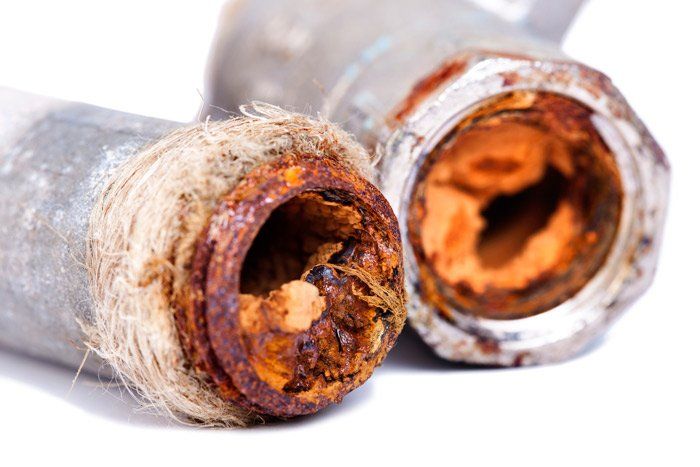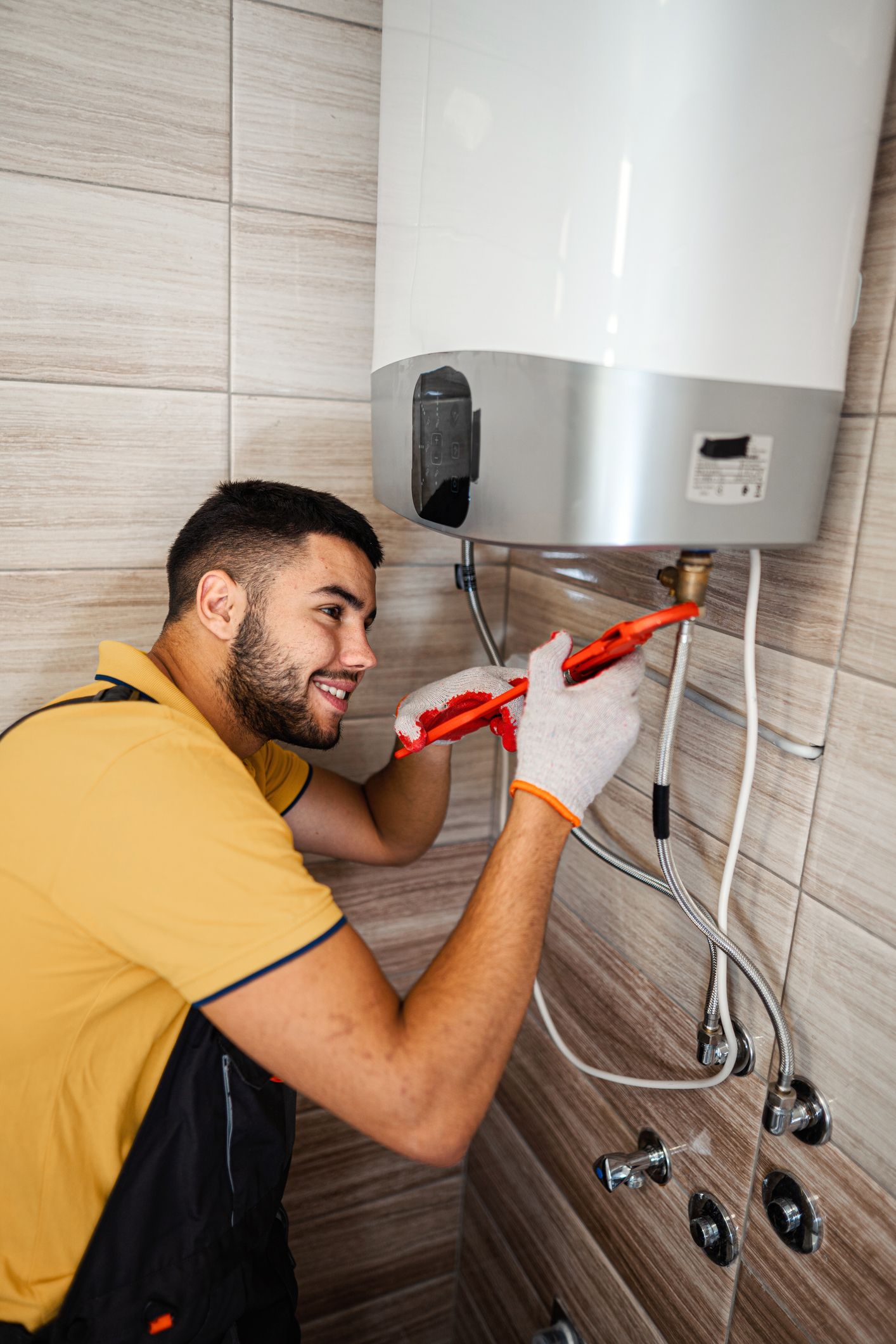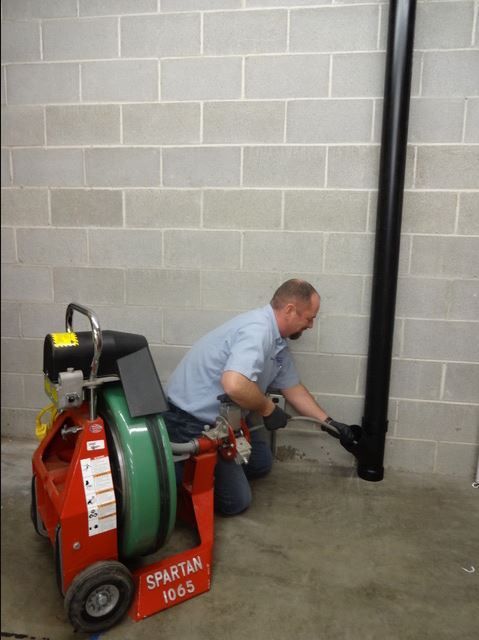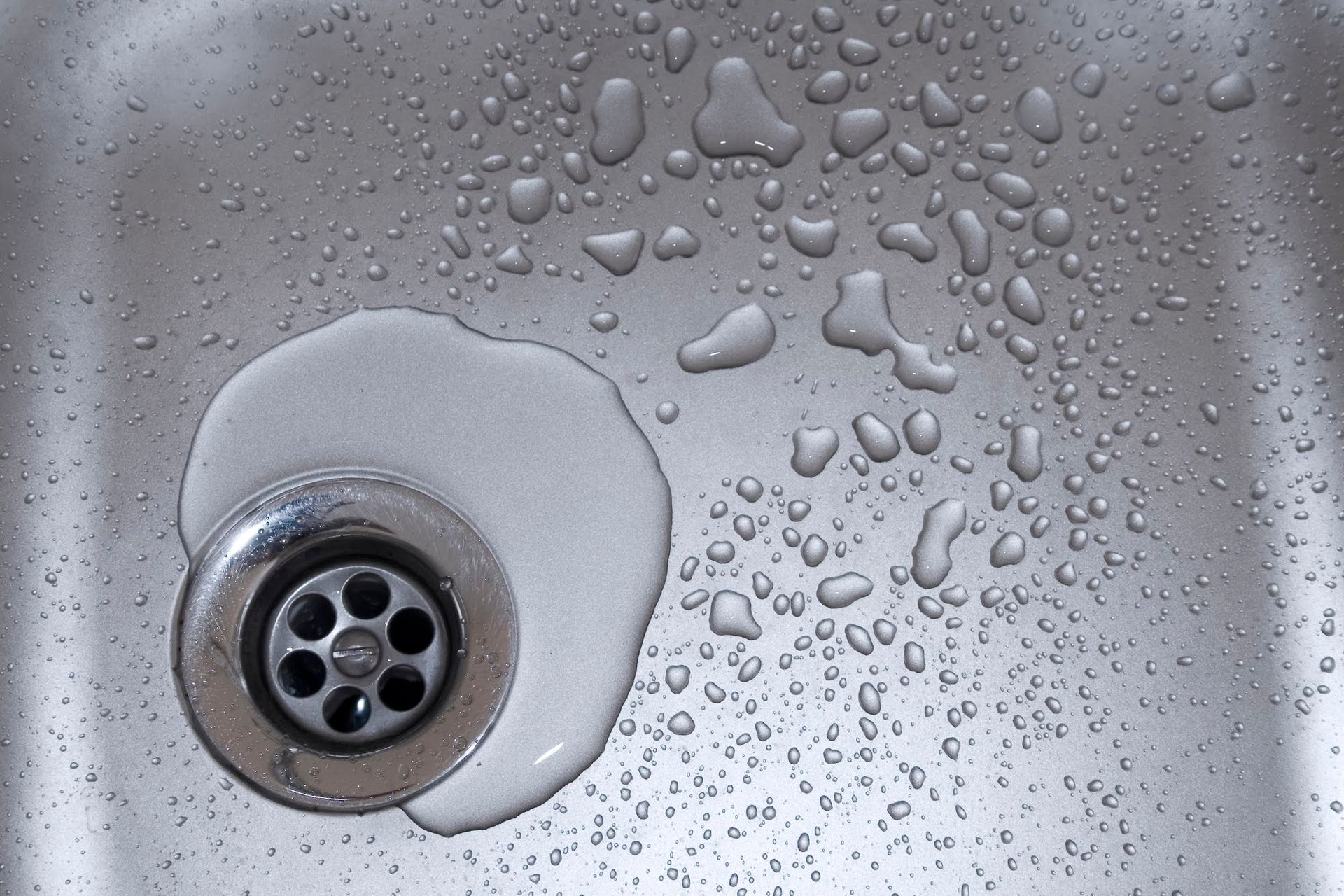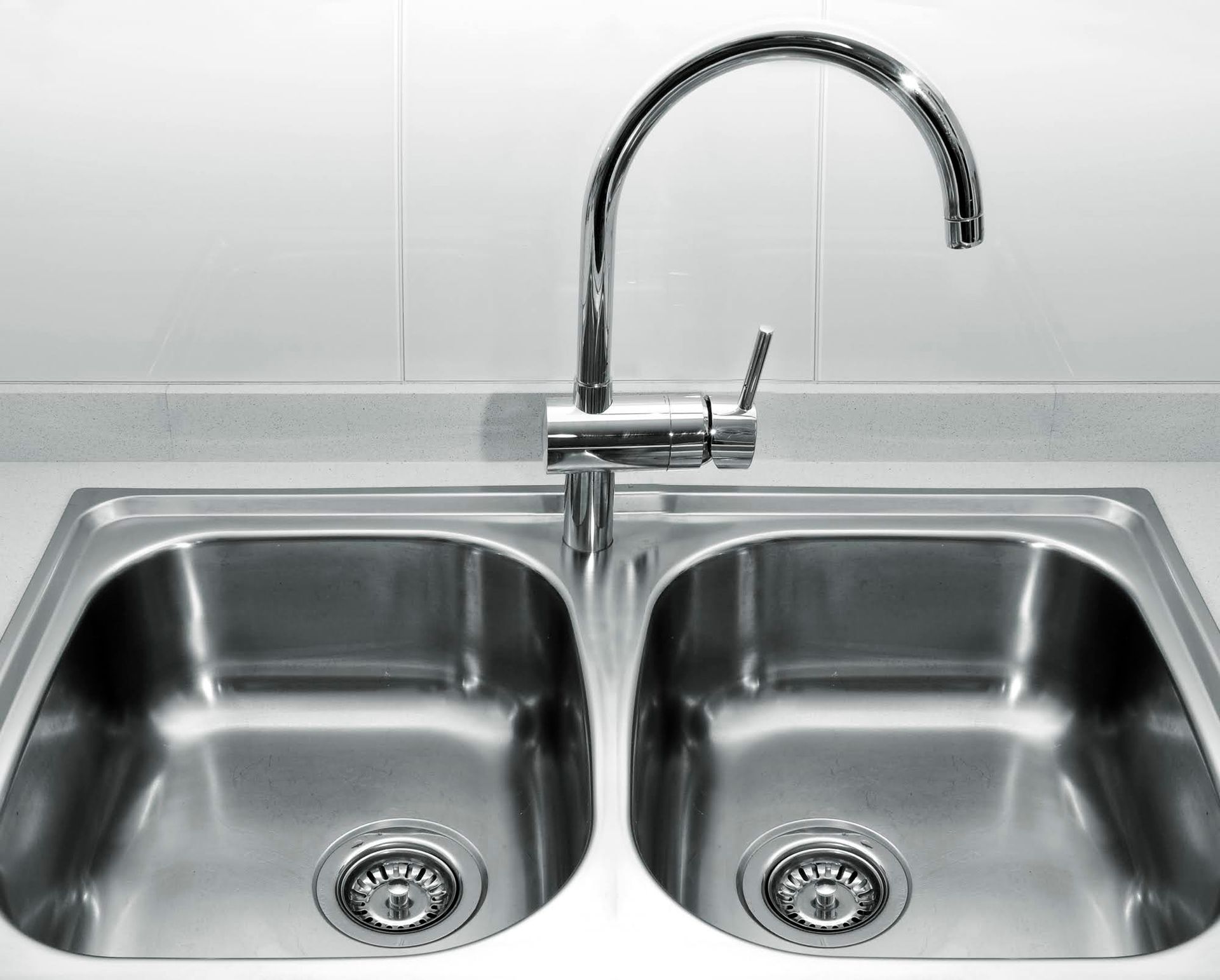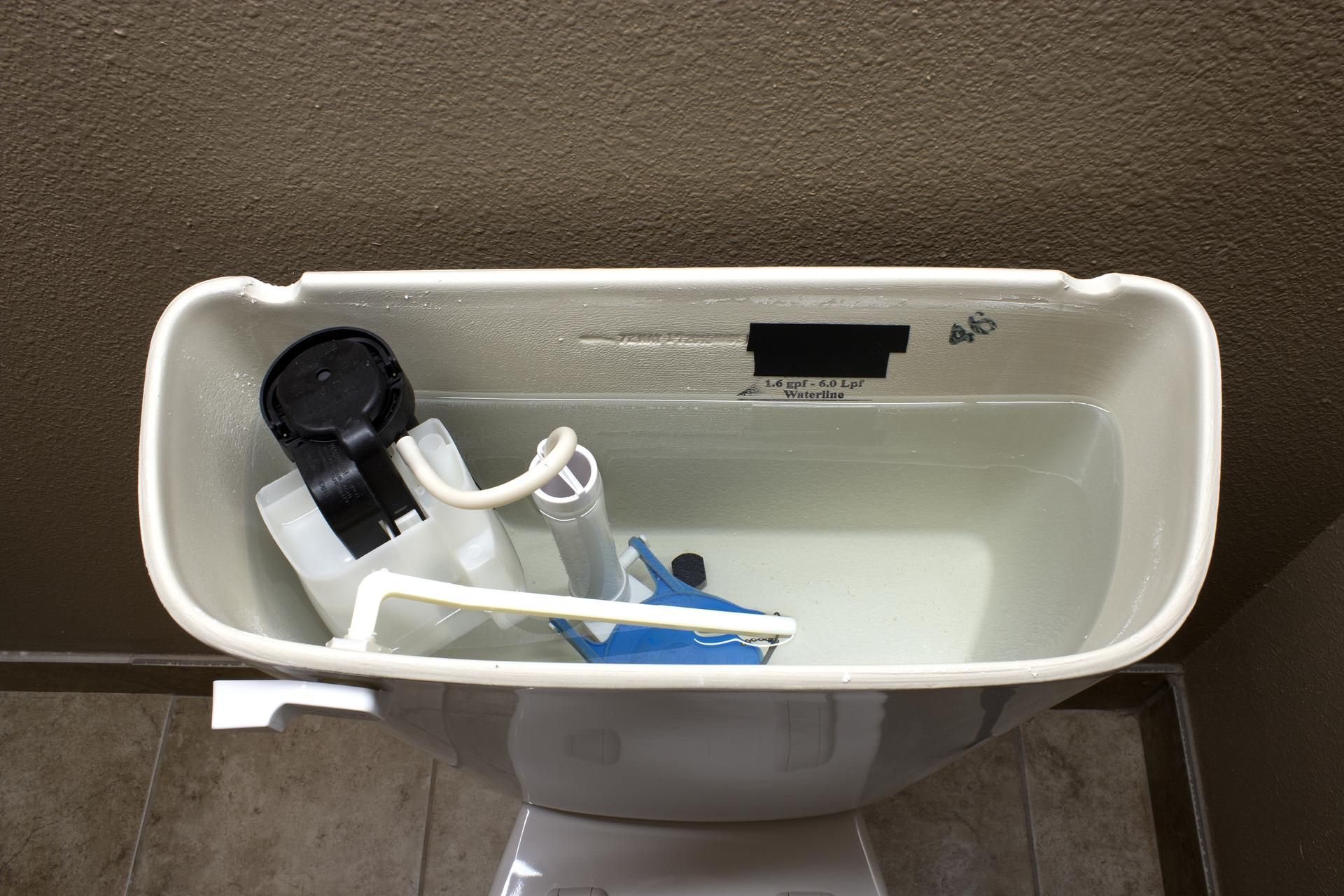TIME TO REPLACE YOUR PLUMBING? | AURORA PLUMBINGTIME TO REPLACE YOUR PLUMBING? | AURORA PLUMBING
With plumbing sequestered deep within your home's walls, it’s easy to forget about maintaining and replacing it. Depending on the age of your home, your plumbing may be due for a complete overhaul. On the other hand, you could just have some minor issues that need to be worked out. How can you tell? Here are a few of the major signs that the time has come to replace your plumbing.
Is Your System at the End of Its Life?
The type of pipe you have will affect how long they last. Your first step in determining whether your plumbing has to be replaced should be to find out what material it's made of.
Drain/Vent Piping:
- PVC
.
PVC piping can last over 40 years. Plumbers often choose it for safety and/or ‘soundproofing’ purposes; because it is the quieter of the plastic pipes used in plumbing drains. Not only is PVC easy to work with and affordable, but it is also unlikely to be influenced by heat or chemicals.
- ABS
. ABS is a similar type of piping to PVC. Plumbers in our area use ABS roughly 3-to-1 over PVC because it’s slightly cheaper and much easier to install because the glue is easier to use. It also has roughly the same lifespan as PVC.
- Copper
: Copper pipe and fittings used in drains has fallen out of favor with homeowners and plumbers alike. Not only is it much more expensive than it’s plastic alternatives, but it is much more difficult to install due to the need to solder each joint. It also, depending on usage (types of chemicals put down drains, etc.) may not last as long as ABS or PVC.
- Galvanized (Steel) and/or Cast Iron
: Galvanized steel pipe and fittings can last up to a century. It is extremely durable but is very susceptible to corrosion and rust. If you have older cast iron or steel pipes, you may need to have them inspected. As with any steel-based piping, it corrodes from the inside before you can see much on the outside of the pipe. The first thing to look for is corrosion (rust) on the outside of the pipe and fittings. If you see this, it may be nearing the end of its lifespan.
Water Piping:
- Copper:
Copper pipe and fittings are still highly recommended by most plumbers. It may be the most expensive option for water lines - however, installed properly, using the correct soldering paste (flux) and wire solder, it can last over a century... longer than most of us will have to worry about it. However, before the 1990’s, it was not uncommon for plumbers to use more acidic flux and/or wire solder that was lead-based (today, these are not available, so it is a very safe product).
If you notice an abundance of green oxidation on your pipe and/or fittings, it would be a good idea to have them looked at by a professional.
- PVC:
PVC (White Plastic) piping should not be used inside the home for your potable water supply – and never on hot water lines. PVC is only used as drainage piping within the home... but is regularly used for water lines outside the home for sprinkler systems, etc..
- CPVC:
CPVC (Beige/Almond colored plastic) is fairly common for use inside the home for pressure water lines, both hot and cold. Many plumbers don’t like to use CPVC because it is the least durable (prone to cracking) of the options for water piping.
- PEX
.
PEX (Polyethylene Cross-Linked) is another type of plastic-based piping which can last a century. It is more expensive than CPVC, but much less than copper because it's easier and faster to install due to its flexibility and because it uses less fittings. PEX is fast becoming a favorite of plumbers, and homeowners alike it due to cost savings and the fact that it is ‘quieter’ than copper pipe when the water is running! All PEX is not created equal, however, and it is a good idea to talk to your professional about what brand(s) are recommended.
- Galvanized Steel
.
Steel pipes will last up to around 50 years and may be susceptible to corrosion. See the “Drain/Vent Piping” section. Most plumbing professionals will advise against using galvanized piping in replacement scenarios.
If your pipes are approaching the end of their life span, consider calling a plumber to replace them before they fail.
Your Water Is Discolored
As mentioned, certain pipe materials may corrode over time. When they corrode, they can start to leak. Corrosion is often evident in a change in coloration of your water. You may even see rust flakes in your water. Your water may also look yellow, brown, or somewhere in between.
Your Monthly Water Bill Is Rising
If your water bill keeps rising, but your usage is staying the same, your pipes are likely leaking. Leaking pipes will get worse over time, potentially causing damage to the structure of your home. Get repairs as soon as possible to avoid more serious issues.
You Notice Visible Signs of Leaking
You may see staining along your ceiling or walls if your pipes are leaking inside of the walls. You may also notice that your home is wetter than normal, with higher levels of humidity. Mold and mildew may begin to grow, or condensation could start forming on metal and glass.
You're Experiencing Low Water Pressure ( Volume , actually)
When you turn your faucet on, does it come on with less strength than it used to? Low water pressure and/or water volume (often mistaken for one another) is one of the most distinct signs that your pipes could be leaking or corroded, and need to be replaced. When galvanized water lines become clogged with corrosion, less and less water can come through. This gives the illusion that you are losing ‘water pressure’. What’s REALLY happening is that the piping is so corroded that the water can barely push through to your faucet – giving you the illusion of low pressure. Think of it this way: If you barely turn on a garden faucet with a hose attached, and then walk to the end of the hose... it will appear as though you have no ‘pressure’, when in fact, you have no ‘volume’ because you need to open the garden faucet more. Having corroded water piping will restrict the water from coming through at a good pace. By replacing the corroded piping with new water lines, you have just ‘opened the garden valve’ more, letting more water flow to your faucets!
If it's time to replace your plumbing, you should get a consultation and a quote from a plumber first. Aurora Plumbing will be able to give you options and tell you whether your plumbing truly needs replacement. Get started now by contacting Aurora Plumbing for an estimate.


